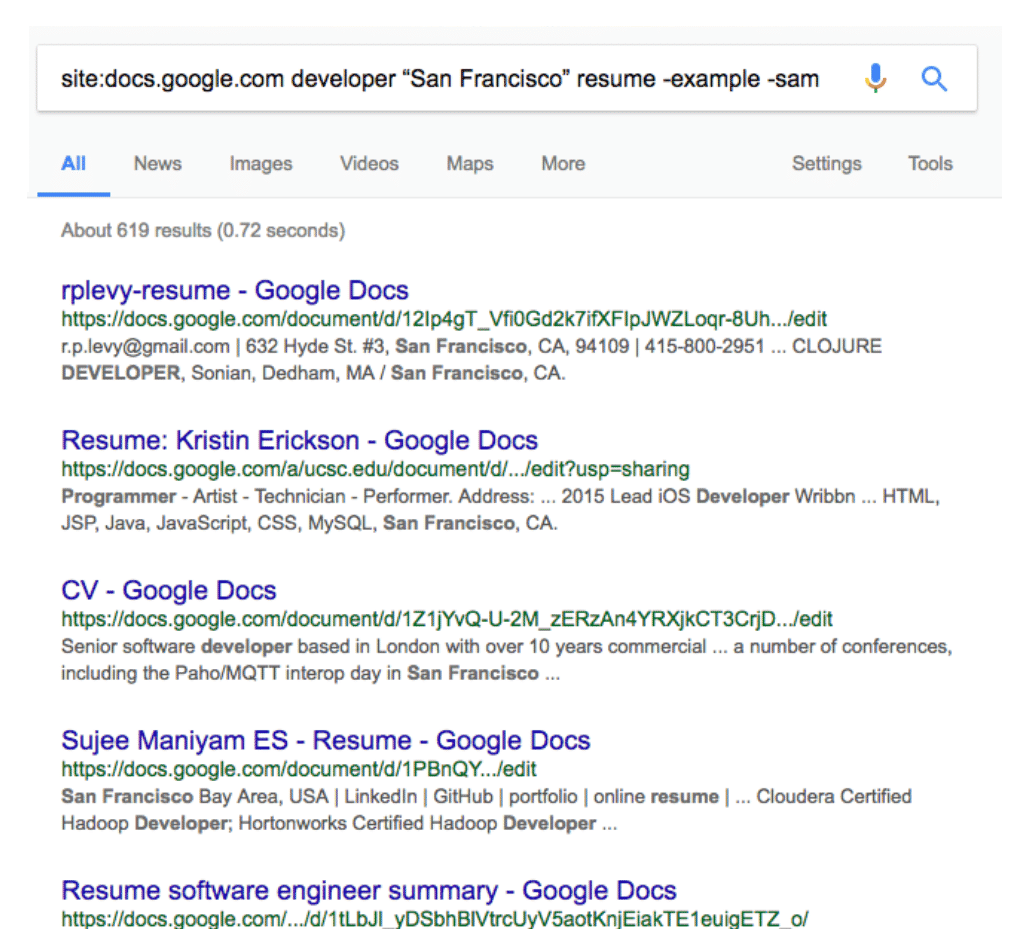Do’s
and don’ts while talking to consultants
Do:
Introduce yourself and your purpose for calling
Clarify how you obtained the candidate’s resume and contact info
Confirm that the candidate is open to new job opportunities
Establish the candidate’s expectations: (Start date, wage, relocation, open to contract/A- work)
Work to develop rapport with the candidate rather than push for minimal submission info
Discuss the candidate’s reason for seeking new opportunities
Ask what the candidate’s ideal job would be
Give the candidate the chance to ask questions about the job, your recruiting background.
Be knowledgeable about the job and trends in the industry
Don’t:
Send emails to someone you have not spoken with or reached out to over the phone. Ideally you should call a candidate and then follow-up by email. Using email as a first contact is not as effective as a phone call.
Ask for personal information (like E-check info) without explaining why you need it.
Make assumptions about a candidate’s eligibility (always clarify start dates, transportation, Etc.
Call candidates who are on assignment at Microsoft.
Send more than 1 voicemail or email per day if you haven’t developed rapport with the candidate
Lead with your full name and purpose for calling. Slow down when giving your phone number.
Speak clearly and focus on enunciation. If you naturally speak rapidly, it helps to slow down when speaking over the phone.
Try to minimize background noise (no speakerphone)
Speak with high energy and confidence (no mumbling or whispering)
Length of a Voice Mail Message Should Be Approximately 15–40 Seconds.
This
accomplishes three things:
- If your message is longer than one minute, you'll lose their
attention. Putting a time limitation on your voice mail messages prevents
rambling.
- As such, it forces you to laser in on the most compelling language
to achieve your secondary objective, which is a return call.
- Finally, it accentuates the importance of taking the time to craft
the right language/wording in each message
Each Message Must State a Reason for Them to
Return Your Call.
"I'm just calling to check in/touch base with you to see if you are looking…”
"The
reason for my call is to see if you received the job description that I sent
you last week."
It's hard
enough to catch your consultant in the office/home and engage them in a
conversation. It's twice as hard to get someone to return a voice mail.
Therefore, you must weave in a reason/benefit that's compelling enough for them
to stop what they are doing, write down your number or save your voice mail,
and return your call.
What can you
say? What value proposition can you share that will make them want to return
your call? (I can assure you, wanting to “talk about a position" or “see
if you have any friends that are looking" is not going to make your phone
ring off the hook.)
What problem
can you solve for them? What have you done for other consultants like theirs
that they would be interested in hearing about?
Don't Give Away the Farm
Sarcastic: Any Unprofessional speech will make a candidate uncomfortable
Low energy: If you sound depressing, the candidate won’t waste time with you
Mumbling/Unclear: Poor communication will frustrate a candidate
Slang: Be aware that some terms used in India do not translate to the US. Take care not to use slang terms that confuse candidates.

No comments:
Post a Comment